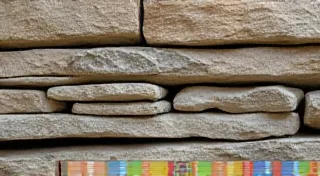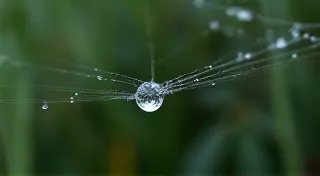Vulcanite's Resilience: A Study of Early Plastic Buttons in the Victorian Era
The scent of aged paper and the satisfying click of a button box opening—these are the sensory anchors to a world far removed from our own, a world of meticulous craftsmanship and surprising material innovation. My own journey into Victorian button collecting began, as many do, with a simple curiosity. A pile of forgotten buttons, gleaned from a dusty estate sale, sparked an interest that has blossomed into a lifelong passion. Amongst the jet, the horn, and the delicate mother-of-pearl, there was a distinctive quality to a set of dark, rubbery buttons – buttons made of vulcanite. These weren't just fasteners; they were echoes of a pivotal moment in industrial history, a testament to the ingenuity of Victorian engineers, and a fascinating study in material resilience.
To understand the significance of vulcanite buttons, we must first understand the landscape of Victorian button manufacturing. Prior to the mid-19th century, buttons were largely made from natural materials: bone, horn, shell, jet, and precious metals. Each material presented its own challenges. Horn, while strong, could be brittle. Jet was prone to cracking. Mother-of-pearl, exquisite as it was, was expensive and limited in supply. Manufacturing was labor-intensive, relying heavily on hand-carving and intricate molds. The demand for buttons, fueled by the rise of mass-produced clothing, was steadily increasing, creating a need for more affordable and readily available alternatives.
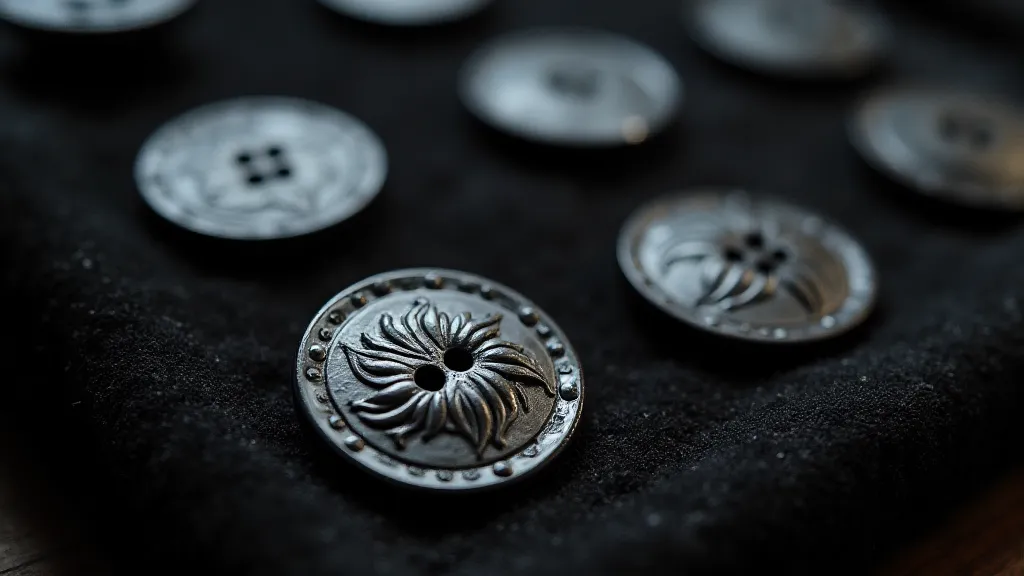
The Birth of Vulcanite: A Chemical Miracle
Enter Charles Goodyear. While most associate his name with rubber, Goodyear’s genius extended to the process of vulcanization. In 1839, he patented a method for treating rubber with sulfur under heat, creating a much more durable and stable material – vulcanized rubber. The resulting product, resistant to heat and solvents, was a revelation. It wasn’t long before someone recognized its potential for button manufacture.
The early years of vulcanite button production were fraught with challenges. The material was initially quite expensive, limiting its accessibility. However, as production methods improved and the demand grew, vulcanite buttons gradually became more commonplace, particularly in the 1850s and 1860s. Early vulcanite buttons were often quite plain, reflecting the cost constraints of the time. They appeared in dark, sooty blacks and browns, a far cry from the vibrant hues available with later plastics.
Design and Manufacturing Techniques
The manufacturing process for vulcanite buttons mirrored that of horn and bone buttons. Designs were carved into molds, typically made of metal, and the molten vulcanite was then injected into these molds under considerable pressure. The resulting buttons were then trimmed, polished, and often finished with a glaze to enhance their appearance. Early vulcanite buttons frequently exhibited a distinctive "stamped" look – the impression of the mold's markings remained visible on the button's surface, a subtle marker of its industrial origins.
While simpler designs dominated early production, as the Victorian era progressed, vulcanite buttons began to incorporate increasingly elaborate patterns. Floral motifs, geometric designs, and even small, raised images became common. This shift reflected not only technological advancements in molding techniques but also the growing demand for more fashionable and decorative buttons. The ability to produce buttons in greater numbers also meant that buttons began to feature on clothing that wouldn’t previously have used them.
The Rise and Fall of Vulcanite's Dominance
The reign of vulcanite as a primary button material was relatively short-lived. The introduction of other early plastics, such as celluloïd (made from cellulose nitrate) in the 1870s, presented a compelling alternative. Celluloïd, with its ability to be colored easily and molded into more complex shapes, quickly gained popularity. While safer manufacturing processes were developed for vulcanite, celluloïd’s versatility and affordability ultimately led to its gradual replacement.
Yet, the legacy of vulcanite remains significant. It marked a crucial transition in button manufacturing – the shift from almost exclusively natural materials to the age of plastics. It represented a critical early step in the burgeoning field of polymer chemistry and demonstrated the potential for industrial materials to revolutionize everyday objects.
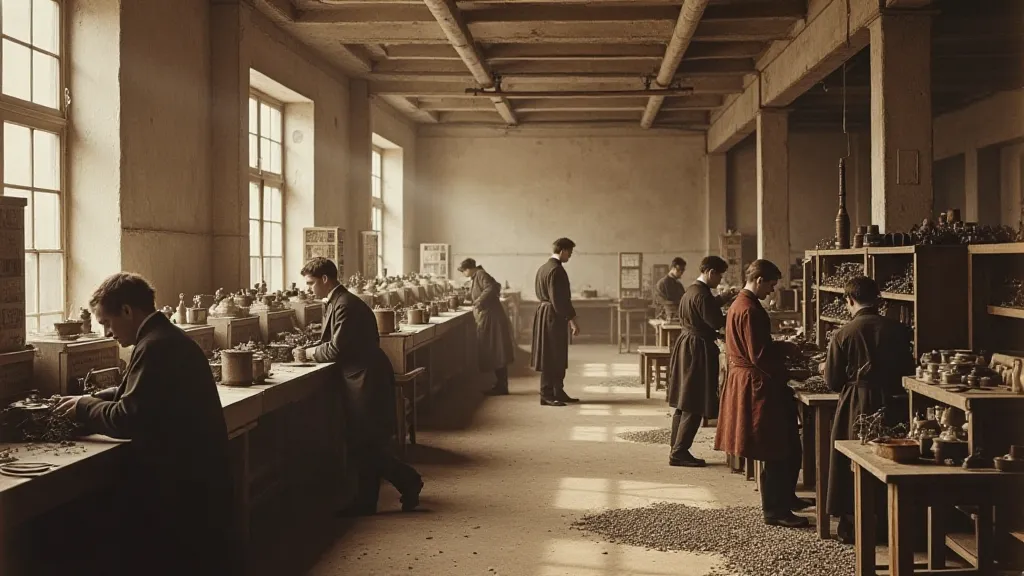
Collecting and Identifying Vulcanite Buttons
For the collector, vulcanite buttons offer a unique and often overlooked area of study. Their distinctive appearance—the dense, rubbery texture, the often-dark color, and the subtle imprint of the mold—immediately set them apart from other antique buttons. Identifying genuine vulcanite buttons can be tricky. The material is dense and heavy, possessing a unique weight compared to other button materials. It also tends to have a slightly oily feel to the surface. Over time, vulcanite can become brittle and may exhibit cracking, but it generally retains its structural integrity more readily than some other early button materials.
Catalogues from the Victorian era provide valuable insights into the range of vulcanite buttons that were available. Many button manufacturers produced extensive catalogues showcasing their products, and these catalogues can be a treasure trove of information for collectors. Studying these catalogues can help identify specific manufacturers and date buttons based on their design and construction.
Preserving a Piece of History
Handling antique buttons requires a gentle touch. Vulcanite, while relatively durable, can be fragile with age. Store your collection in a cool, dry place, away from direct sunlight and excessive humidity. Avoid using harsh chemicals or abrasive cleaners when cleaning your buttons. A soft cloth and a mild soap solution are usually sufficient. The simple act of preserving these objects connects us to the skilled hands that crafted them and the vibrant social and economic landscape of the Victorian era. Each button is not merely a fastener, but a tiny portal to a time of rapid change and remarkable innovation.
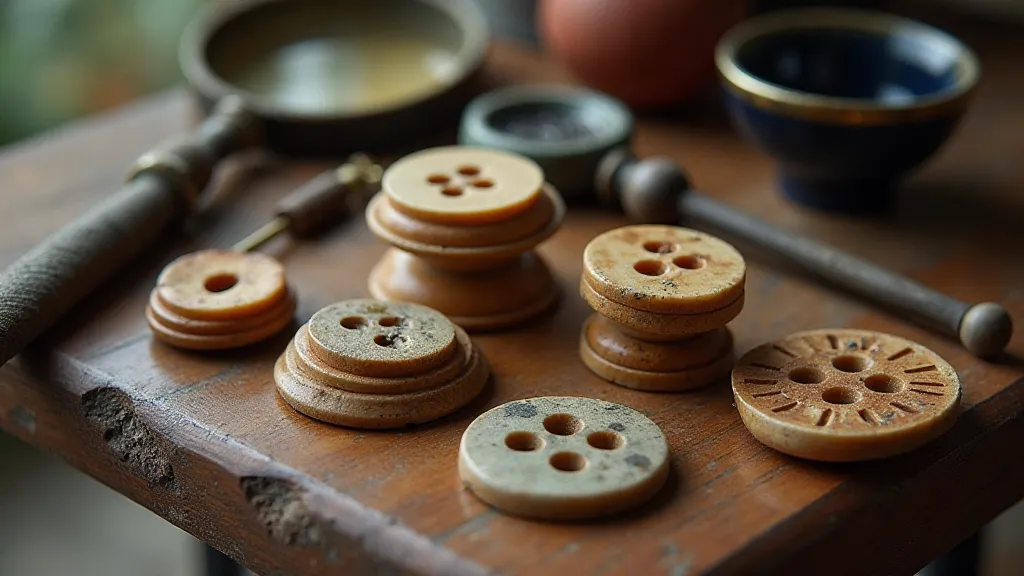
My own button box holds more than just buttons; it holds stories. Each piece whispers tales of ingenuity, craftsmanship, and the enduring power of human innovation – a quiet resonance that continues to inspire my collecting journey and deepen my appreciation for the resilience and beauty of vulcanite's legacy.
